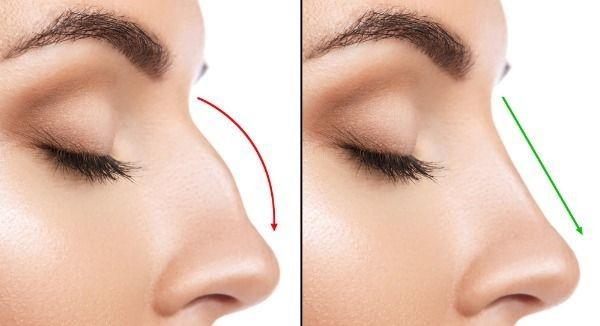Preservation Rhinoplasty
Preservation rhinoplasty, also known as preservation rhinoplasty technique or preservation-based rhinoplasty, is an approach that emphasises maintaining and preserving the natural structures of the nose as much as possible during surgery. This technique contrasts with traditional rhinoplasty methods that often involve significant removal or alteration of nasal tissues.
Instead of removing nasal cartilage, preservation rhinoplasty techniques often involve reshaping or repositioning the existing cartilage to achieve the desired aesthetic outcome. Bone removal is minimised, and techniques such as osteotomies (controlled bone cuts utilising piezoelectric osteotome) may be performed to reposition the nasal bones without significant reduction. Advanced suturing techniques may be employed to reshape nasal structures and refine nasal contours without the need for extensive tissue removal. When additional support or volume is required, cartilage grafts from the patient's own septum, ear, or rib may be used to augment or reinforce the nasal framework.
Preservation rhinoplasty utilises specific techniques like let down, push down, spreader grafts, spreader flaps, high strip, low strip and among many others, the dorsal preservation technique which focuses on modifying and reshaping the nasal dorsum (the bridge of the nose) while minimising tissue removal.
Features
Minimal nasal tissue removal
Maintaining structural integrity of nose
Typically, less invasive,
More structural support
Reduced need for grafts
Preservation of functional aspects
Benefits
Natural results
Reduced risk
Quicker recovery times, and reduced swelling & bruising
Long-term stability
